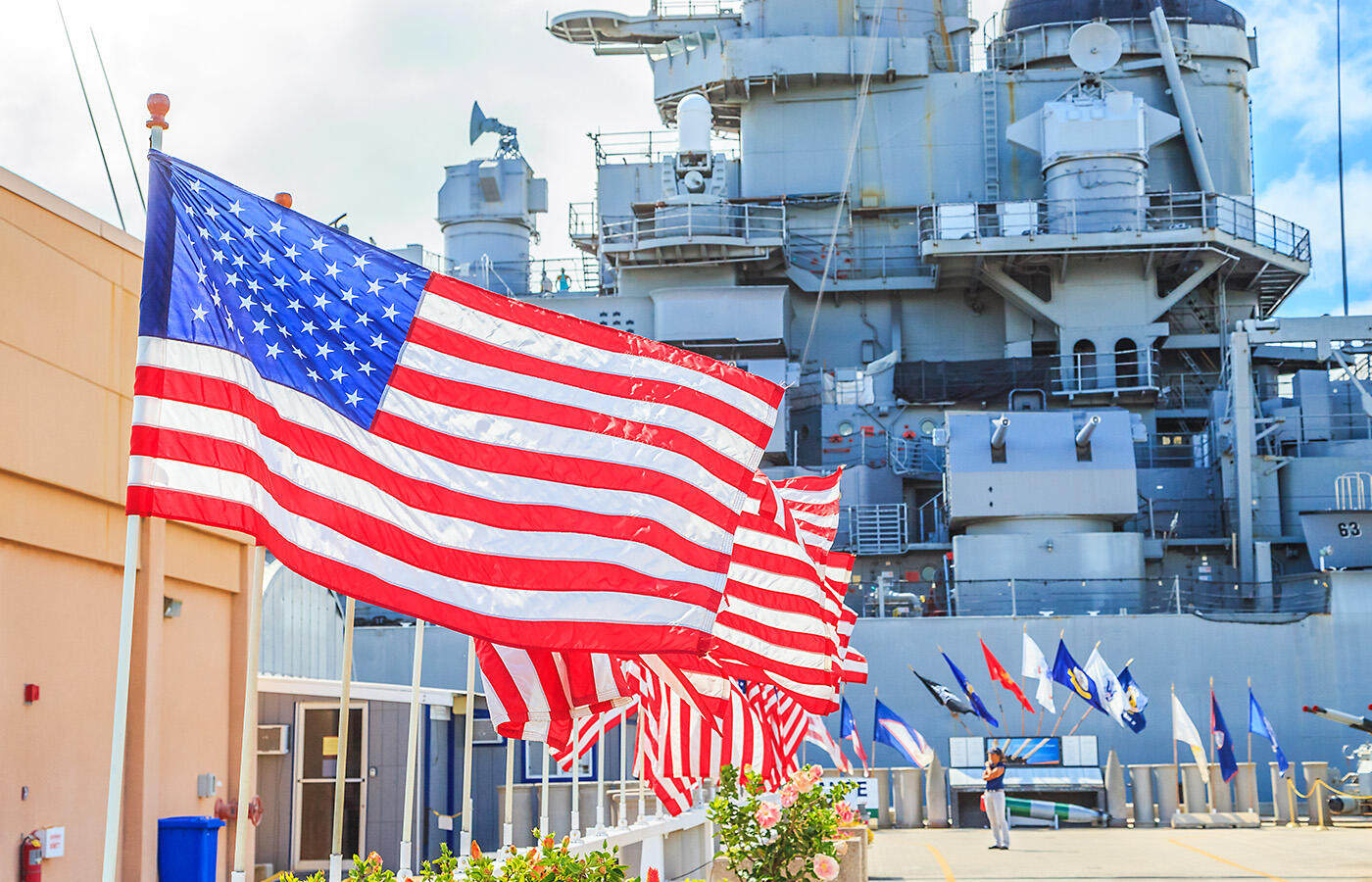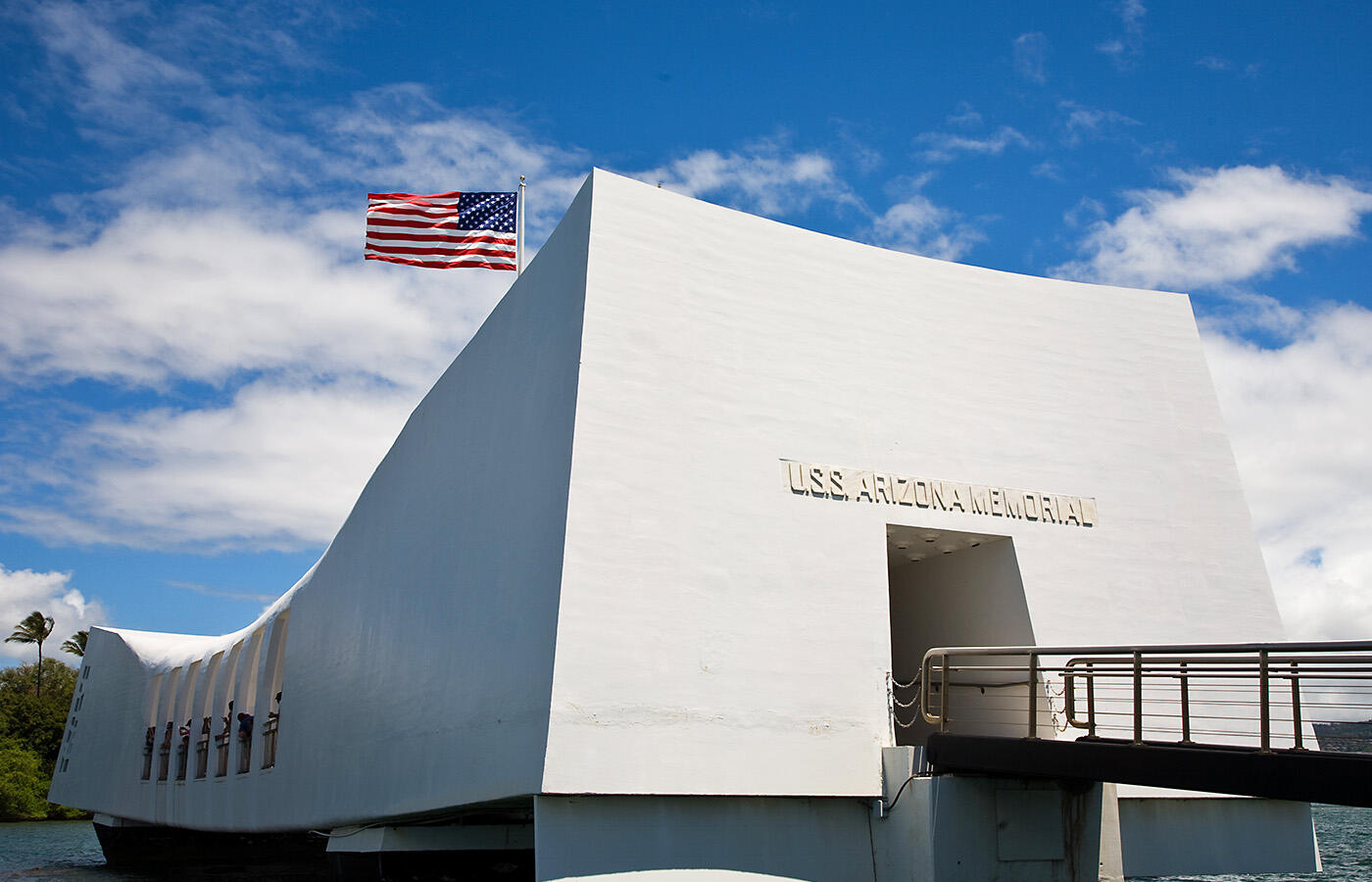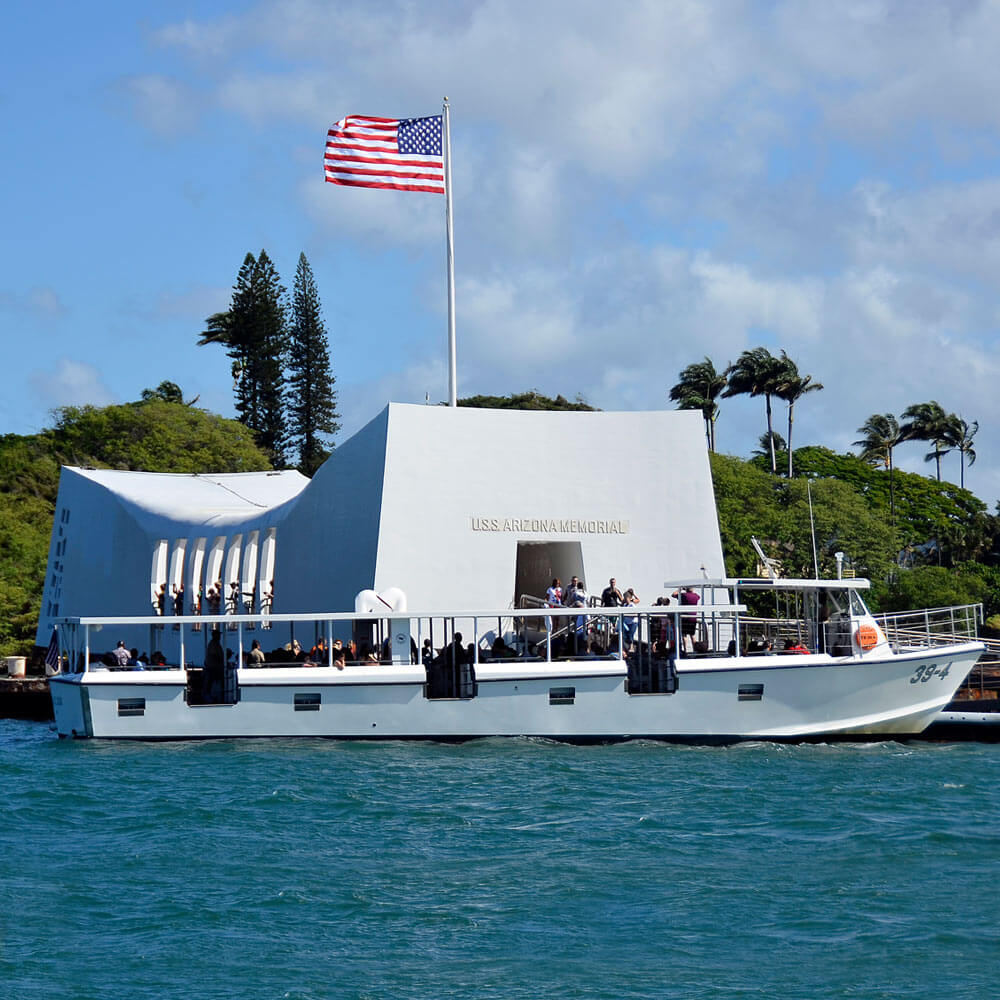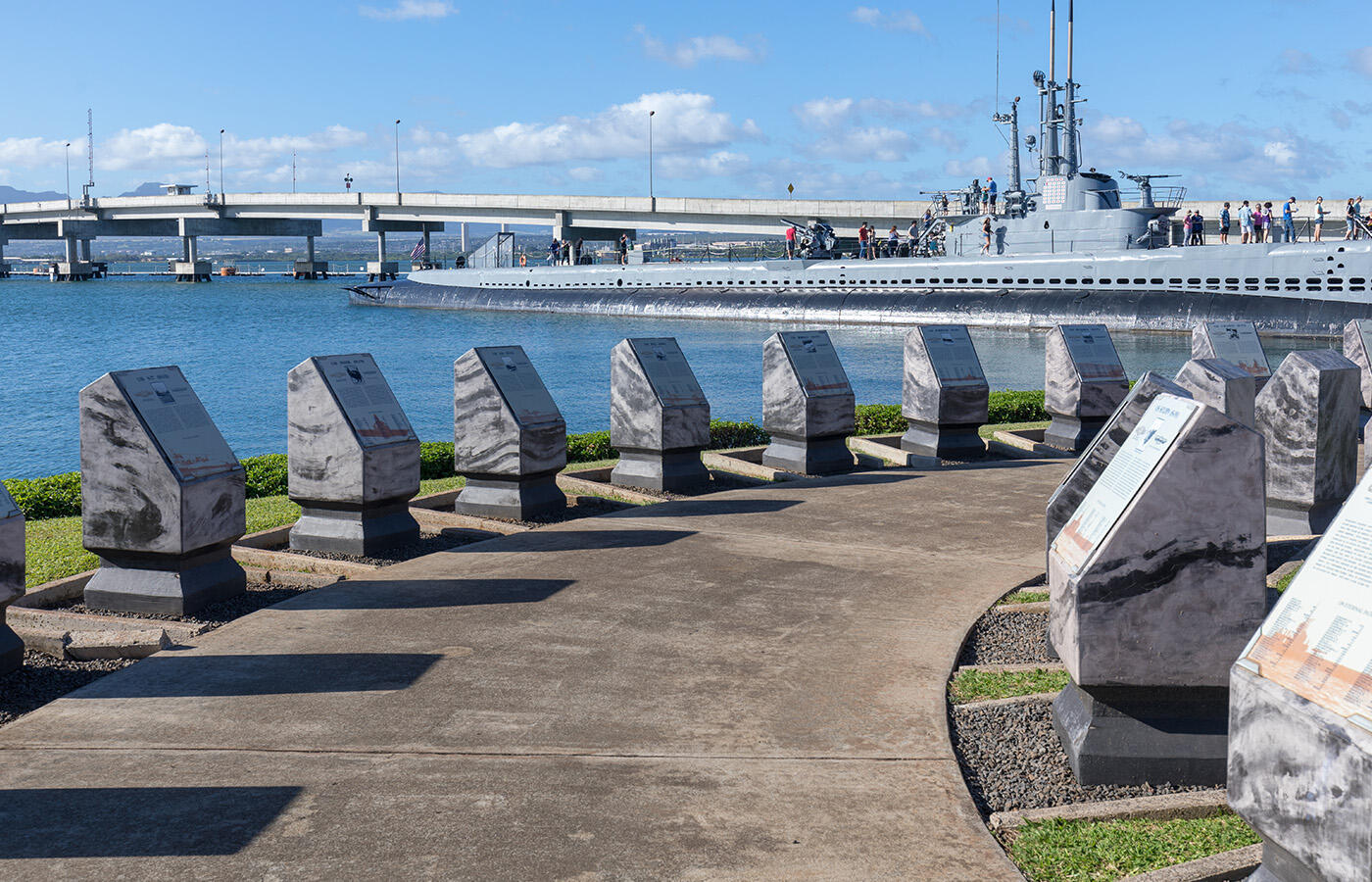Who Was Involved in Pearl Harbor?
The Attack on Pearl Harbor changed the world by drawing the United States in WWII. While Pearl Harbor affected millions around the world, there are a few people who were the main characters in the Pearl Harbor Story. To understand Pearl Harbor you must know which Japanese were responsible and from the US side who was involved in Pearl Harbor.
Who Was Involved with Pearl Harbor from the United States of America?
Admiral Husband Kimmel
Admiral Husband E. Kimmel served as the Commander-in-Chief of the U.S. Pacific Fleet during the attack on Pearl Harbor. In this role, he was responsible for overseeing the fleet's operations and ensuring its readiness to face potential threats.
Despite warnings and intelligence suggesting the possibility of a Japanese attack, Kimmel failed to take action citing that since the War and Navy departments were planning to send 50% of Hawaii’s P-40s to Wake and Midway they “did not consider hostile action on Pearl Harbor imminent or probable.” The surprise attack resulted in devastating losses, with numerous ships sunk or damaged, hundreds of aircraft destroyed, and over 2,400 Americans killed.
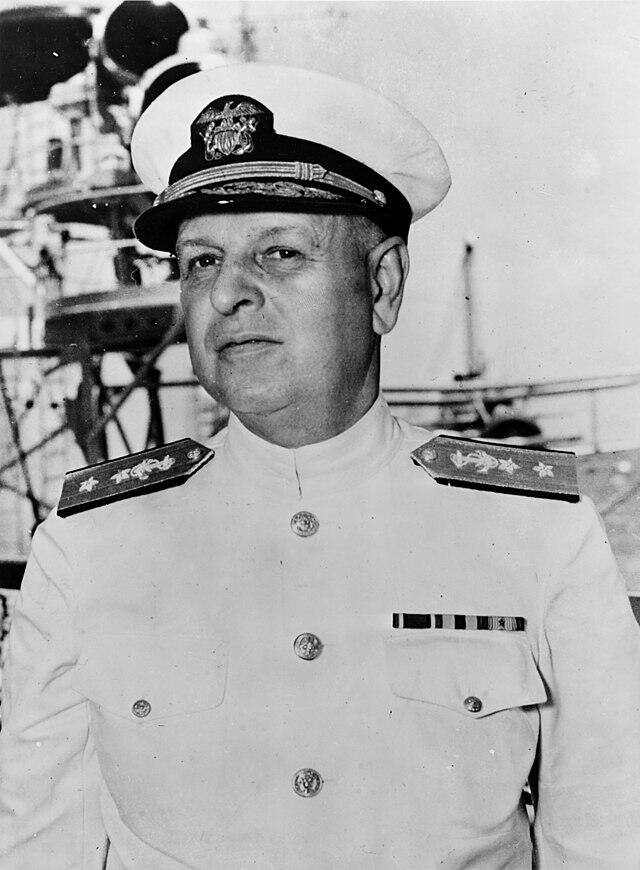
Following the attack, Kimmel faced intense criticism for the fleet's unpreparedness and was relieved of his command. His role in the events leading up to Pearl Harbor has since been the subject of debate, with some arguing he was unfairly scapegoated, while others believe he bore significant responsibility for the lack of defensive measures.
General Walter C. Short
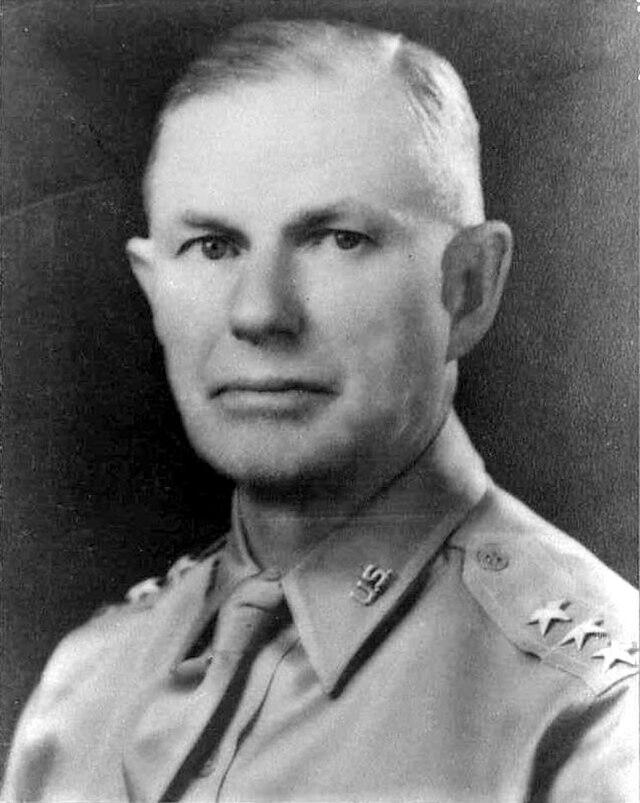
As the senior Army officer in Hawaii, General Walter C. Short was responsible for the defense of the islands, including the protection of military installations and airfields. Despite receiving warnings of potential hostilities, General Short focused on preparing for sabotage rather than a large-scale aerial assault, leading to key missteps in the deployment of resources. Aircraft were parked closely together to prevent sabotage, making them easy targets during the attack, and anti-aircraft defenses were not fully manned.
Following the attack, which resulted in significant loss of life and resources, General Short faced severe criticism for the lack of preparedness and was relieved of his command. Like Admiral Kimmel, his actions and decisions have been the subject of ongoing debate, with some arguing he was unfairly blamed for broader systemic failures.
President Franklin Delano Roosevelt
Franklin Delano Roosevelt was the acting President and Commander-in-Chief of the United States when the Japanese attacked Pearl Harbor. As president, he played a central role in shaping U.S. foreign and defense policies leading up to the attack. Roosevelt was aware of rising tensions with Japan and had imposed economic sanctions, including an oil embargo, in response to Japanese aggression in Asia.
While intelligence suggested that Japan was planning an attack, the specifics of the timing and target remained unclear. The attack on Pearl Harbor shocked the nation and led Roosevelt to deliver his famous "Day of Infamy" speech on December 8, rallying Congress to declare war on Japan and officially bringing the United States into World War II.
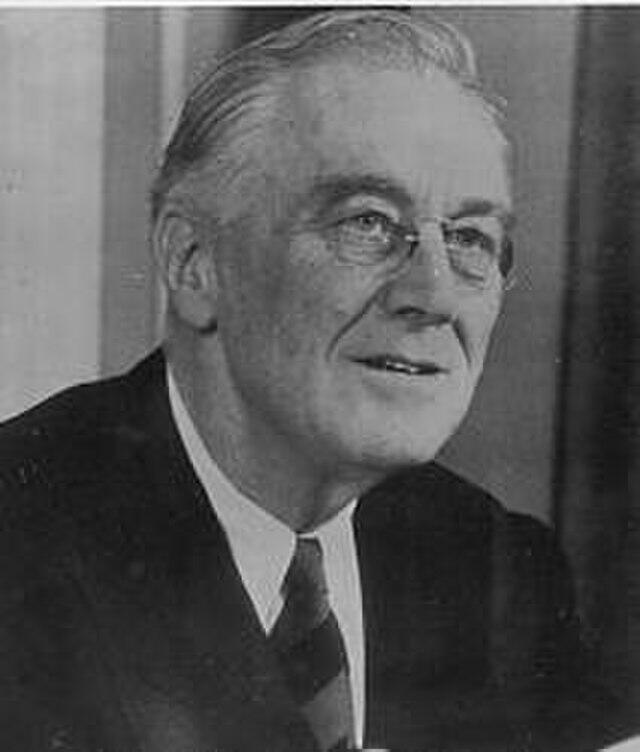
Roosevelt's leadership during this pivotal moment cemented his role in guiding the country through one of its darkest periods, though some conspiracy theories have speculated about his knowledge of the attack beforehand—claims widely dismissed by historians as unfounded.
Who was involved in Pearl Harbor from the Empire of Japan
Emperor Hirohito
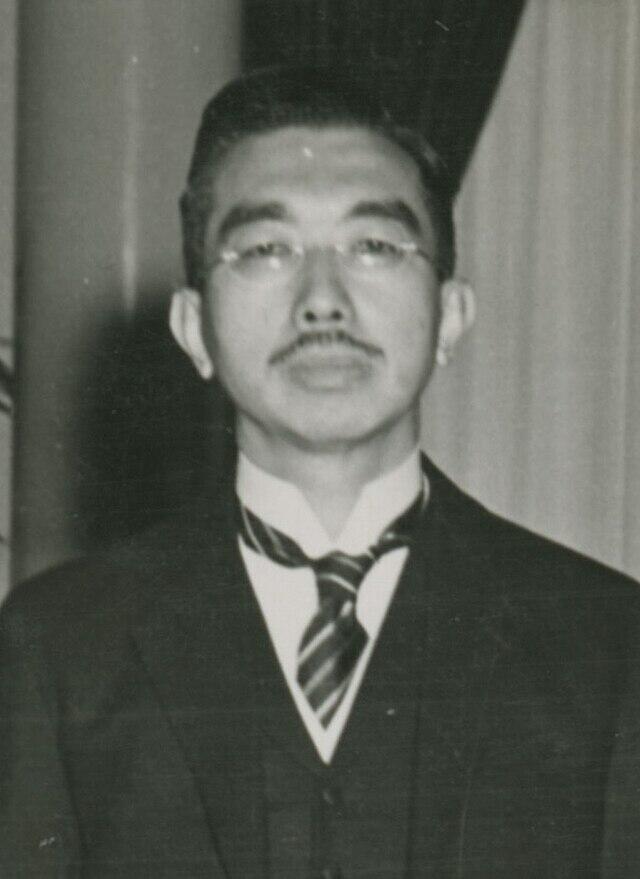
At the time of the attack, Emperor Hirohito was the symbolic leader of Japan, though actual political and military decisions were largely made by the country’s government and military leaders. While Hirohito did not personally plan military operations, he was involved in key wartime discussions and gave formal approval to decisions made by Japan's leadership. Hirohito's role in approving Japan's aggressive expansionist policies and military actions, was part of a broader strategy to secure access to natural resources and establish dominance in the Pacific, goals rooted in the imperial ambitions of the era.
After Japan's defeat in 1945, Hirohito was allowed to remain Emperor under the condition that he renounce his divine status and adopt a symbolic role in the newly democratic Japan. His legacy continues to be examined, with historians debating the extent of his responsibility for Japan’s wartime actions.
Admiral Isoroku Yamamoto
Admiral Isoroku Yamamoto was tasked with planning a strategy to neutralize the U.S. Pacific Fleet and gain an early advantage in the Pacific War. Recognizing the industrial might of the United States, Yamamoto believed Japan’s best chance for victory lay in a decisive, surprise attack that would cripple American naval power and buy time for Japan to consolidate its territorial gains. Credited as the man who was responsible for the Pearl Harbor attack, he meticulously planned the strike which involved over 350 aircraft launched from six aircraft carriers in a coordinated strike.
Despite the attack's initial success, sinking or severely damaging eight battleships and killing over 2,400 Americans, Yamamoto reportedly harbored doubts about Japan's long-term prospects in a prolonged war with the United States. His predictions proved accurate, as the attack galvanized the American public and led to the U.S. entering World War II.
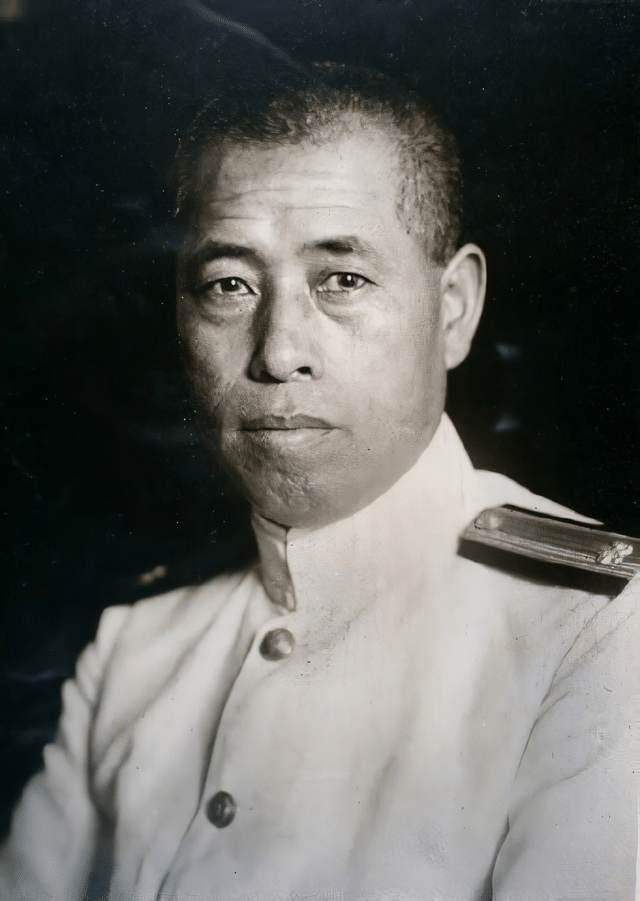
Yamamoto continued to oversee Japanese naval operations until 1943, when his plane was shot down by U.S. forces in Operation Vengeance, a targeted mission based on intercepted Japanese communications. Yamamoto's strategic aptitude and role in Pearl Harbor have made him one of the most studied figures in military history, remembered both for his tactical ingenuity and his recognition of Japan's eventual vulnerability.
Commander Mitsuo Fuchida
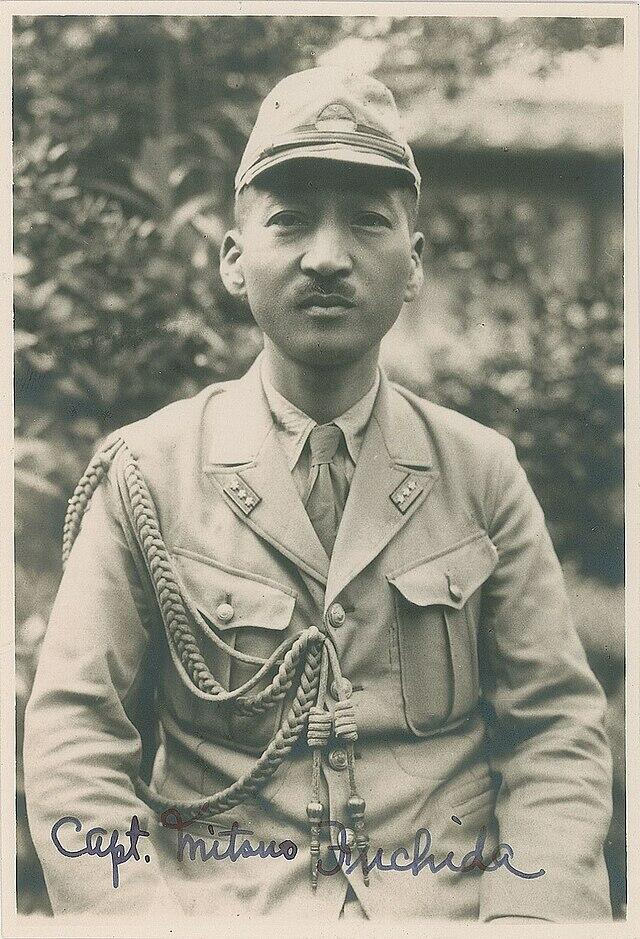
Serving as the air operations leader for the Japanese Imperial Navy, Commander Mitsuo Fuchida was responsible for coordinating the attack and signaling its success. Flying in a Nakajima B5N bomber, he famously ordered the coded message "Tora! Tora! Tora!" to be sent back to the Japanese fleet, indicating that complete surprise had been achieved. Under Fuchida's direction, Japanese forces inflicted massive damage on the U.S. Pacific Fleet, sinking or severely damaging battleships, cruisers, destroyers, and aircraft.
Fuchida’s leadership in the attack marked the height of his military career, but he also witnessed Japan's eventual defeat in the war. After the war, he struggled with disillusionment and reflection on his role in the conflict. In a surprising turn, Fuchida later converted to Christianity and became an evangelist, traveling the world to share his story and preach reconciliation. He eventually settled in the U.S., though never pursued citizenship. His transformation from a wartime commander to a peace advocate added a unique chapter to his legacy, making him one of the most intriguing figures of the Pearl Harbor attack.
Vice Admiral Chuichi Nagumo
As the overall leader of the Japanese First Air Fleet, or Kido Butai, Vice Admiral Chuichi Nagumo was responsible for executing Admiral Isoroku Yamamoto’s plan to neutralize the U.S. Pacific Fleet. Under his command, six aircraft carriers launched two waves of aerial attacks Despite the mission's initial success, Nagumo decided against a third wave of attacks, which could have targeted vital infrastructure such as fuel depots and repair facilities—a decision that remains controversial among historians.
Nagumo's cautious leadership style, influenced by his background in surface naval operations rather than carrier warfare, has been both criticized and defended. After Pearl Harbor, he continued to command major naval operations, including the Battle of Midway in 1942, where his fleet suffered a devastating defeat that marked a turning point in the Pacific War. Nagumo's reputation as a commander declined after this loss, and he faced increasing pressure as Japan’s fortunes in the war waned.
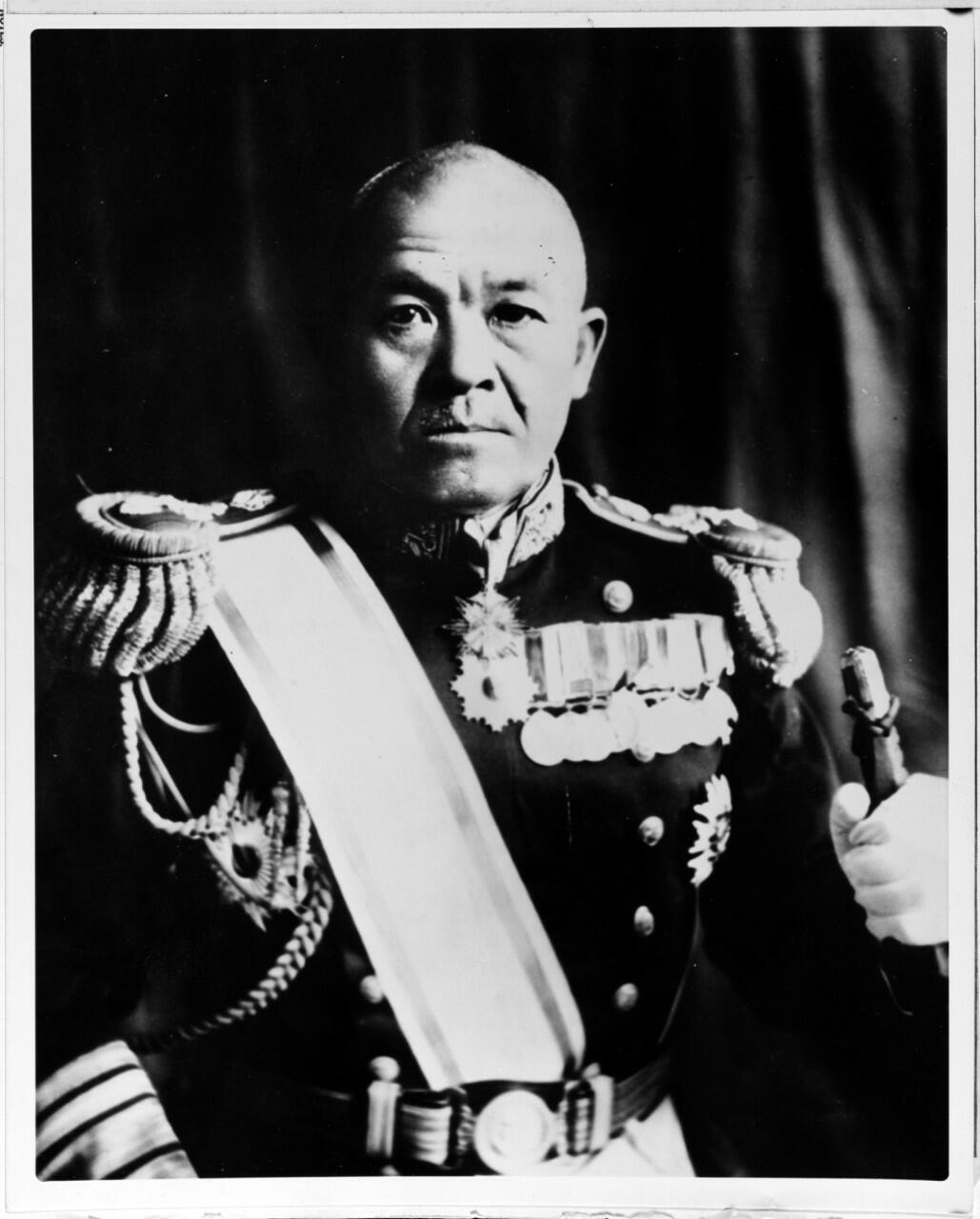
In 1944, he was reassigned to command defensive operations in the Mariana Islands. Facing overwhelming American forces during the Battle of Saipan, Nagumo took his own life rather than surrender, ending a career that played a pivotal role in Japan's wartime strategy. His legacy remains complex, shaped by both his successes and the critical decisions that influenced the course of the Pacific War.
Reflecting on the Key Figures Behind the Attack
The attack on Pearl Harbor was a pivotal moment in history, shaped by the decisions and actions of key figures on both sides. Their leadership not only determined the immediate outcomes of that fateful day but also set the stage for the global conflict that followed. By understanding their perspectives and the challenges they faced, we gain deeper insight into the complexities of one of history's most significant events.

